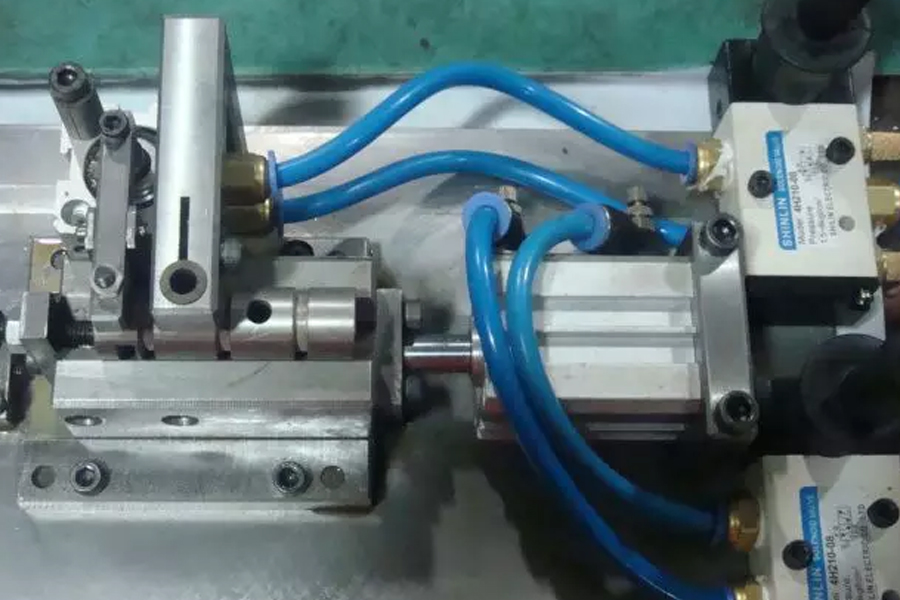The characteristics and application of high-speed precision stamping high-speed stamping technology. With the development of my country’s industry, the application of precision stamping parts is becoming wider and larger, and the requirements for stamping technology are getting higher and higher. Therefore, in mass production or In ultra-mass production, ordinary stamping can no longer meet production needs.
In order to improve productivity and adapt to production needs, the use of high-speed stamping technology for high-speed automated production: is the most effective way. High-speed stamping refers to stamping processing with a stamping speed of 400 times/min or more. High-speed stamping technology is a high-tech combination of high-speed precision stamping equipment, precision stamping dies, high-quality materials, intelligent control technology and craftsmanship. Many fields such as machinery, materials, electronics, optics, precision testing, computers, information networks, and management technology are multidisciplinary systems engineering.
In the late 1980s, high-speed stamping technology began to be applied in some foreign-funded enterprises in my country. In the past ten years, my country has made rapid development in high-speed stamping technology from introduction, digestion, absorption to independent research and development, and independent research and development of high-speed pressure Machines, high-speed stamping die materials, multi-station progressive dies for high-speed stamping, etc. Compared with ordinary stamping, high-speed stamping technology is suitable for mass production. It has the characteristics of good quality, high efficiency, energy saving, high safety and low cost. Therefore, it is used in electronic parts, electrical iron core parts, and motor iron cores. Type parts, IC integrated circuit lead frame parts, automotive parts, home appliances parts, heat exchanger fin parts and other types of parts are widely used.
High-speed stamping technology is inseparable from high-speed stamping machines, and there are many types of high-speed stamping machines, and each manufacturer has many models and specifications, and there are a large number of special, dedicated high-speed stamping machine varieties, such as BRUDERER high-speed precision from BRUDERER AG ARBON in Switzerland Stamping machines, DOBBY high-speed precision stamping machines from Japan’s Yamada Company, and BEAT series high-speed precision stamping machines from Japan’s Kyoritsu Company, etc. are particularly suitable for all kinds of small and medium-sized and micro-precision electrical appliances, electronic components, terminals (connectors), and connector components. High-speed stamping; American MINSTER pulsar ultra-high-speed precision stamping machine is specially designed for precision parts such as integrated circuit lead frame wire plates, terminal connectors, etc.; Schuler, Germany (SCHULER) ) A2 series high-speed precision punching machine is particularly suitable for the production of tensile electrical appliances; small and medium-sized C-frame open-type ordinary high-speed punching machine is particularly suitable for the production of connectors, potentiometers, capacitors and other medium-precision electronic and electrical components. Features The price is low. In recent years, the level of advanced multi-station and multi-functional stamping dies suitable for high-speed stamping technology has improved rapidly, and the level of die design and manufacturing has been greatly improved. At present, my country has been able to produce high-speed precision stamping dies for 2500 times/rain high-speed stamping machines, but there is still a big gap compared with the advanced high-speed stamping dies of international mold manufacturing powerhouses. Therefore, in the “Twelfth Five-Year” development goals and strategy of the mold industry, it is clearly pointed out that “focus on the development of large, precise, complex, combined, multi-functional composite molds and high-speed multi-station progressive molds.”

Leave a Reply